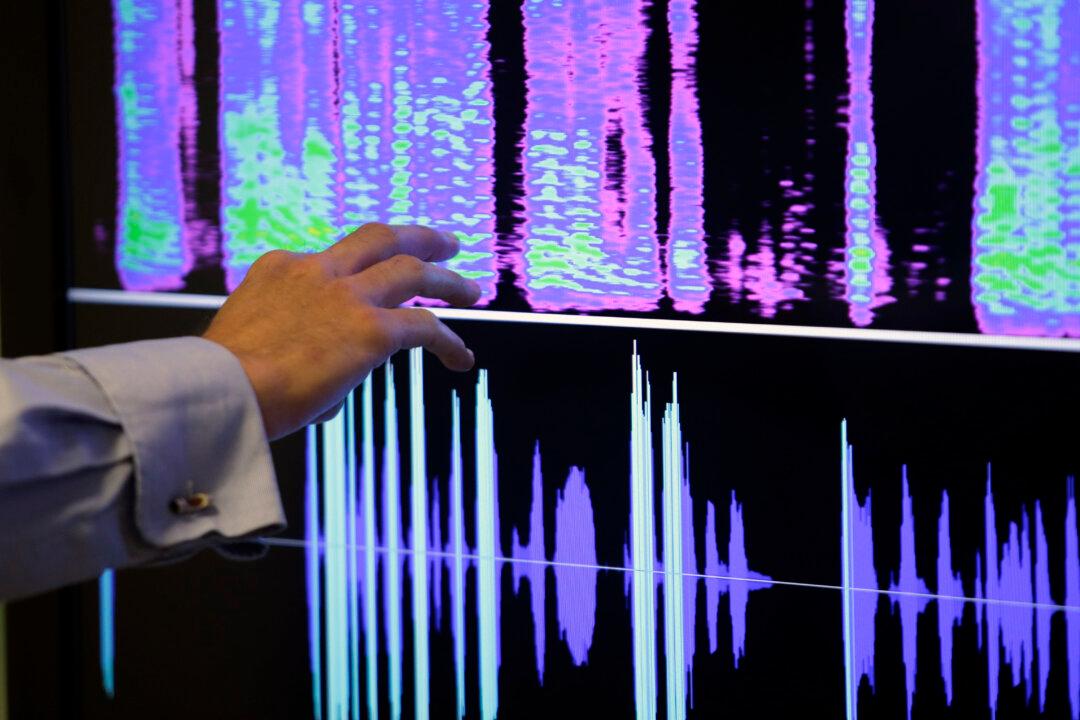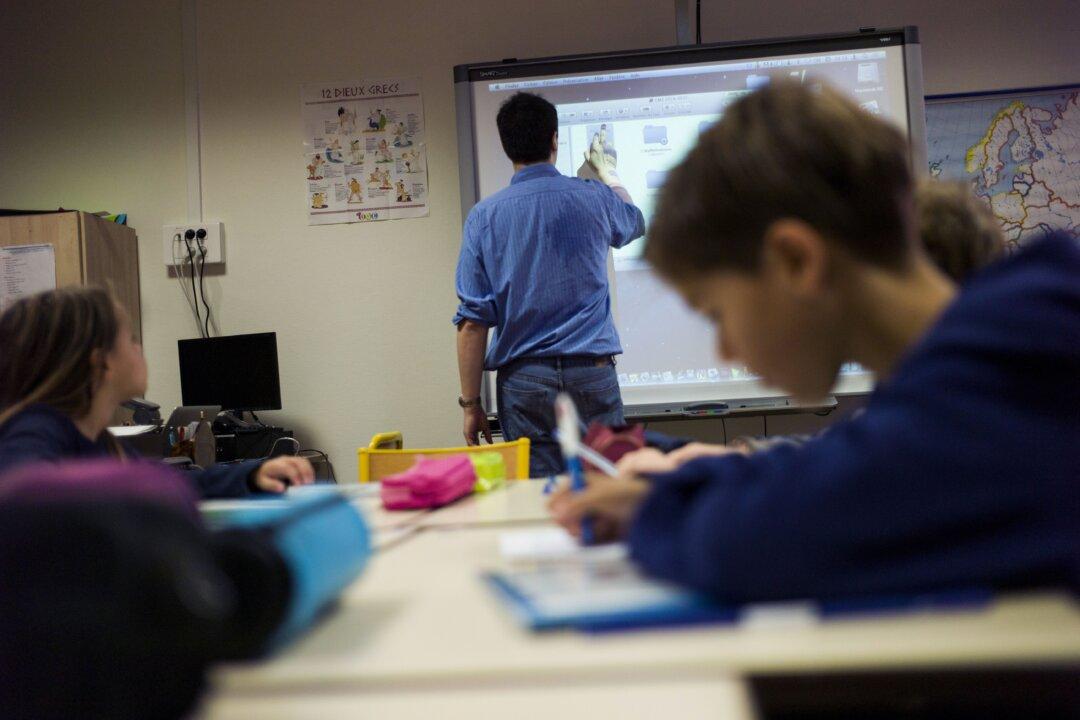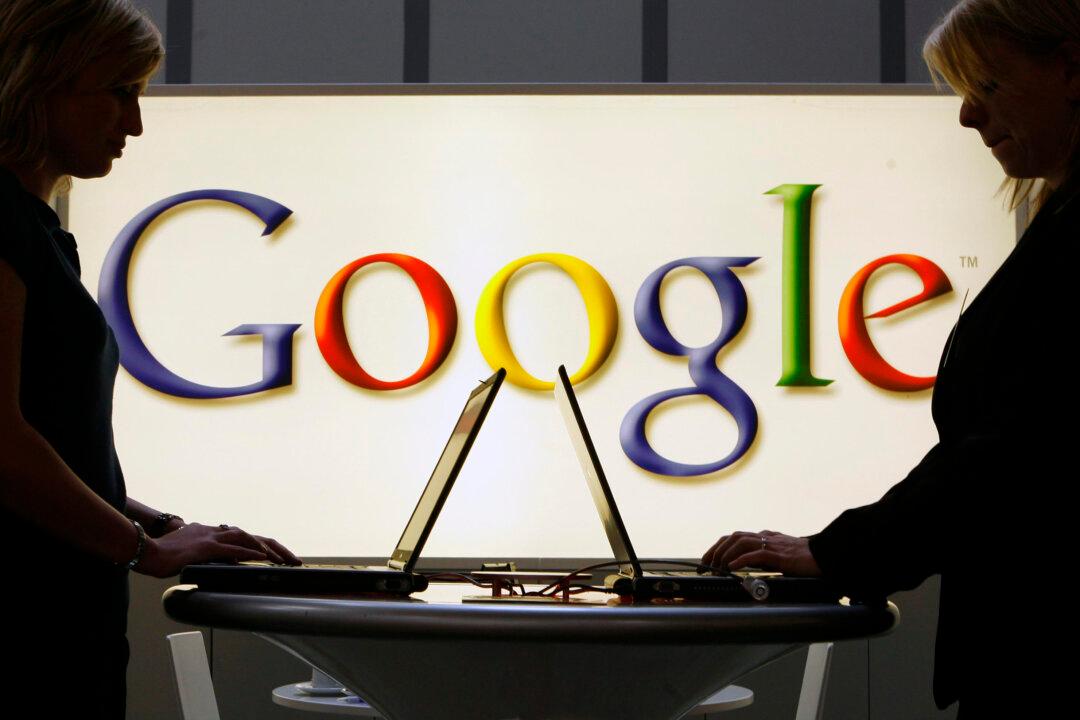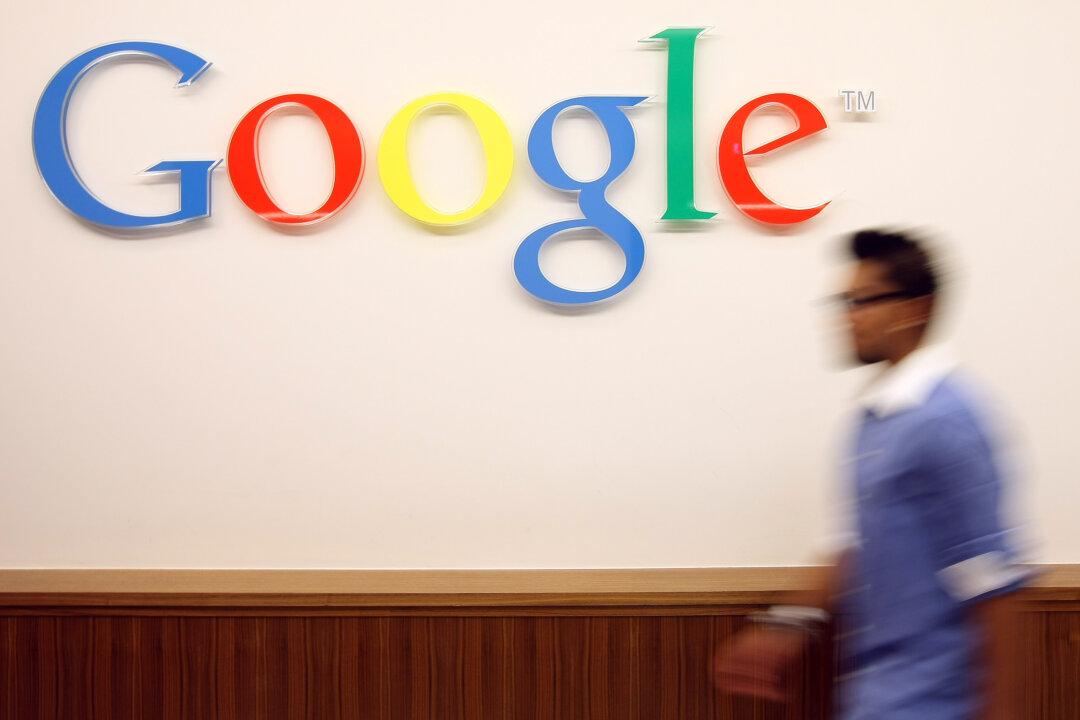Using technology for learning makes sense. Technology creates access, transparency, and opportunity. Any smartphone or tablet is media incarnate–video, animation, eBooks, essays, blog posts, messages, music, games. The modalities of light, color, and sound all arranged just so to communicate a message or create an experience.
But there is a difference, claims this graphic from teachbytes, between using technology and integrating it deeply into the learning experiences of students. This is, of course, what models like the SAMR model are based on–that idea of mere use to automate, to redefining what’s possible.
This is not a new idea, but what makes this graphic useful is the indicators offered that clarify Dos and Don’ts–kind of like an educator’s Goofus and Gallant.
Goofus gives iPad to students so that they can Google topics for a “research paper.”
Gallant helps students design their own open-ended and collaborative learning experiences, and uses apps like Behance or Storehouse to share them with the world.
The chart continues this pattern, but misses the opportunity to make Highlights allusion for nuance:
Technology usage is random, arbitrary, and often an afterthought.
Technology usage is planned and purposeful.
In all seriousness, it’s easy to say to “be purposeful.” It’s another to know what that looks like–which is where all of the indicators as a whole can be useful to you as an educator.
To the comments with anything you'd add. Or to make Highlights references no one else will notice.
Republished with permission from TeachThought. Read the original.




